Laws on food items in the United States are some of the strictest in the world, and while most make sense for safety and environmental reasons, they have led to some surprising bans. From dangerous delicacies that can kill if prepared incorrectly to cultural favorites forbidden for conservation or ethical concerns, these rules have removed certain foods entirely from American plates. Some are still enjoyed freely in other countries, while others are rare even where they originate. Here are 20 foods you cannot legally buy in the US and the fascinating reasons why.
1. Haggis
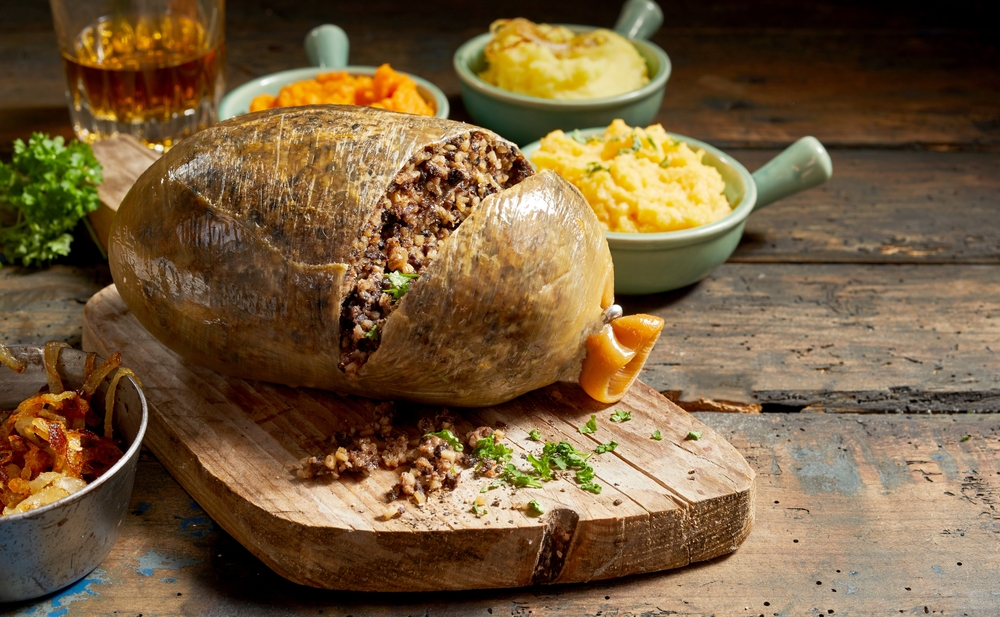
Haggis is Scotland’s national dish, a savory pudding made from sheep’s heart, liver, and lungs, minced with onions, oatmeal, suet, and spices, then encased in the animal’s stomach and boiled. It has been a central part of Scottish culture for centuries and is famously served during Burns Night celebrations. In the US, the authentic version is banned because sheep lungs have been prohibited for human consumption since 1971. The USDA ban was implemented after studies showed that stomach fluids can enter the lungs during slaughter, increasing the risk of harmful bacterial contamination. While American versions replace the lung with other meats, traditionalists argue that the lung is what gives haggis its distinctive texture and flavor, making the US version a poor substitute.
2. Kinder Surprise Eggs

Kinder Surprise Eggs are immensely popular in many countries, combining milk chocolate with a hidden toy inside a plastic capsule. However, in the US they are banned under the Federal Food, Drug, and Cosmetic Act, which forbids embedding non-food objects entirely inside edible products. This law exists to prevent choking hazards, particularly for children. In 2018 alone, US Customs seized over 30,000 Kinder Surprise Eggs from travelers. To comply with US regulations, the manufacturer introduced Kinder Joy, where the toy and chocolate are in separate compartments. While legal, many fans say the experience is not quite the same as breaking open the classic chocolate egg.
3. Casu Marzu

Casu Marzu, a cheese originating from Sardinia, Italy, has a reputation as one of the most unusual—and controversial. foods in the world. Made from pecorino cheese, it becomes Casu Marzu when cheese flies lay eggs in it, and the larvae digest the fats, creating a creamy, almost liquid interior. In Sardinian culture, it is a sign of hospitality and is often served at weddings and special occasions. The US bans it because it violates FDA regulations prohibiting the sale of food containing live insects. Additionally, there are health concerns that the maggots could survive digestion, potentially causing enteric myiasis, a dangerous intestinal condition.
4. Horse Meat
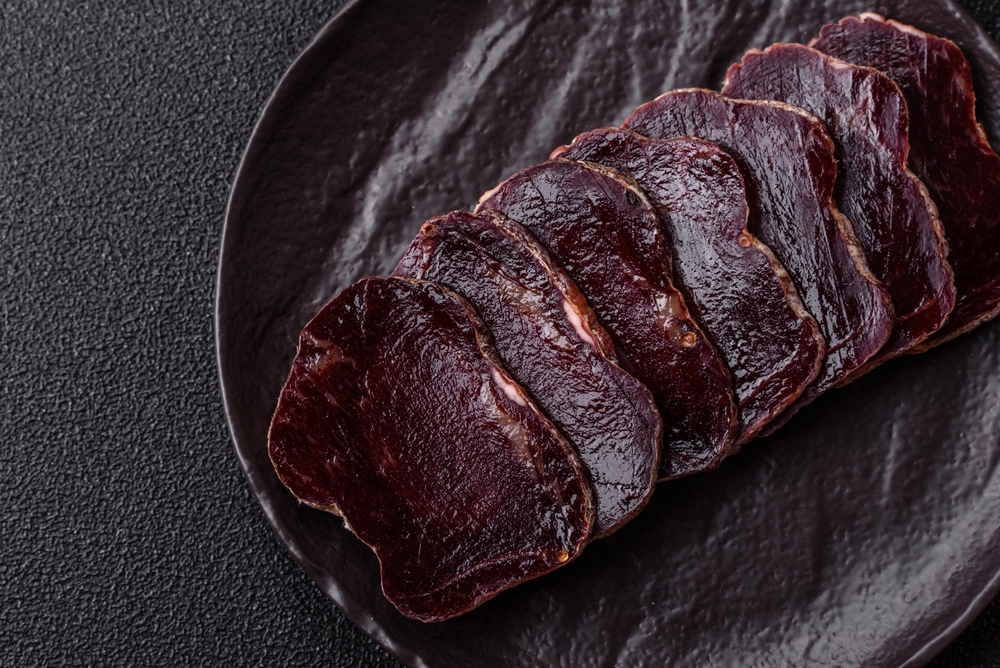
Horse meat has been consumed in various cultures for centuries as a food item, particularly in France, Belgium, Japan, and parts of South America. In the US, while not explicitly illegal at the federal level, it is effectively banned because there are no USDA-inspected facilities that slaughter horses for human consumption. The last such facility closed in 2007 when Congress eliminated funding for required inspections. Without federal inspection, the sale of horse meat is prohibited. On top of that, several states, including California, Illinois, and New Jersey, have their own laws banning horse slaughter entirely. The cultural perception of horses as companions rather than livestock further solidifies its absence from American markets.
5. Ortolan Bunting

The ortolan bunting is a small migratory songbird that was once a delicacy in France. The traditional preparation involves capturing the bird, fattening it in darkness, drowning it in brandy, and roasting it whole. Diners traditionally cover their heads with a napkin to trap the aroma while eating it in a single bite. In the US, the Migratory Bird Treaty Act prohibits capturing, killing, selling, of the food item or possessing ortolans, along with many other protected bird species. The ban exists not just for ethical reasons but also for conservation, as overhunting has significantly reduced their populations in Europe.
6. Shark Fin

Shark fin soup, a traditional dish in Chinese culture often served at weddings and banquets, has been linked to a devastating environmental problem: shark finning. This practice involves removing a shark’s fins and discarding the rest of the body back into the water, often while the shark is still alive. The shark then sinks to the bottom and dies. In the US, shark finning is banned under federal law, and most states have enacted their own bans on the sale, possession, and trade of shark fins. These laws aim to protect shark populations, many of which have declined by more than 90% due to overfishing.
7. Sassafras Oil (Safrole)
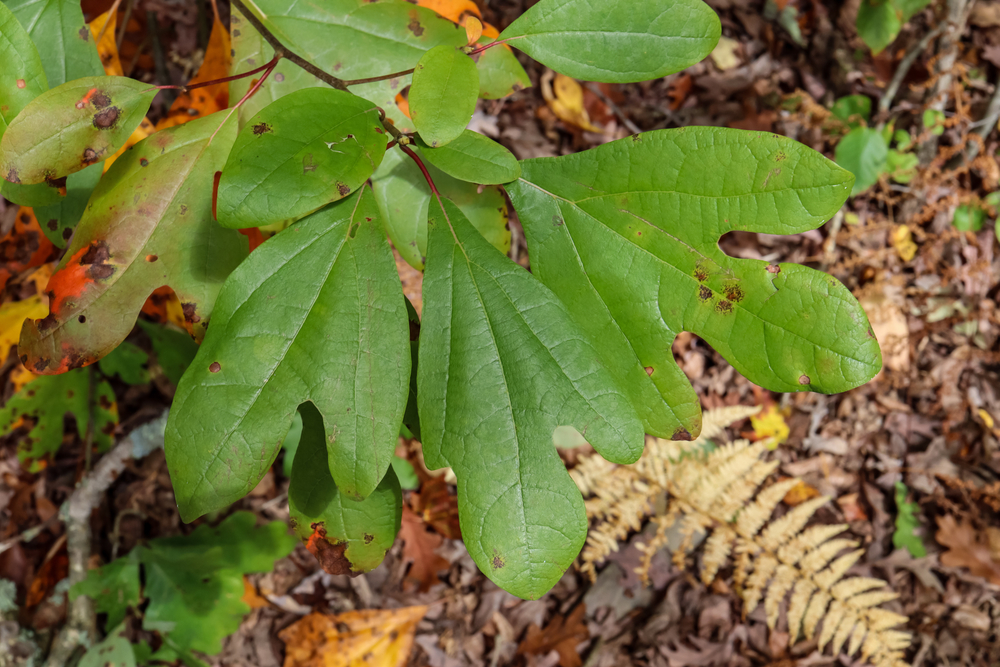
Sassafras was once a popular ingredient in teas, candies, and root beer. Its oil contains safrole, a naturally occurring compound that the FDA banned in 1960 after studies linked it to liver damage and cancer in lab animals. While sassafras trees still grow in the US and sassafras tea can be made at home, commercial food and beverage production must use safrole-free extracts to comply with the ban.
8. Ackee Fruit
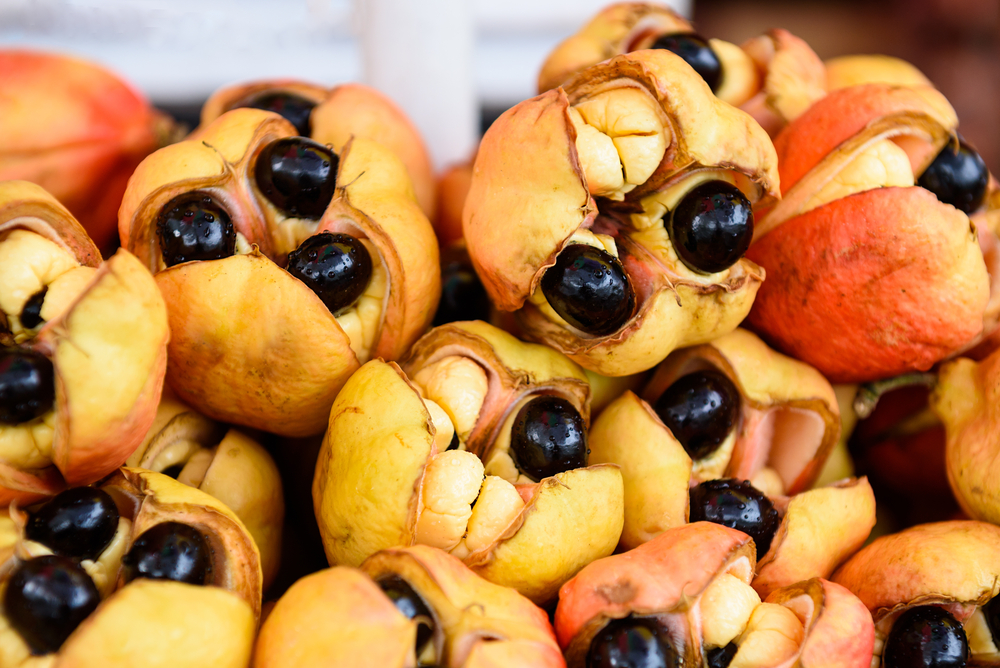
Ackee is the national fruit of Jamaica and a staple in its cuisine, particularly in the traditional breakfast dish ackee and saltfish. However, when unripe, ackee contains high levels of hypoglycin A, a toxin that can cause Jamaican vomiting sickness—a condition marked by severe hypoglycemia, vomiting, seizures, and even death. The US has banned the import of fresh ackee to prevent accidental poisoning, but allows canned or frozen ackee that has been tested and certified safe. Even with these precautions, imports are tightly controlled, and shipments are often rejected if toxin levels are above the legal limit.
9. Pufferfish (Fugu)
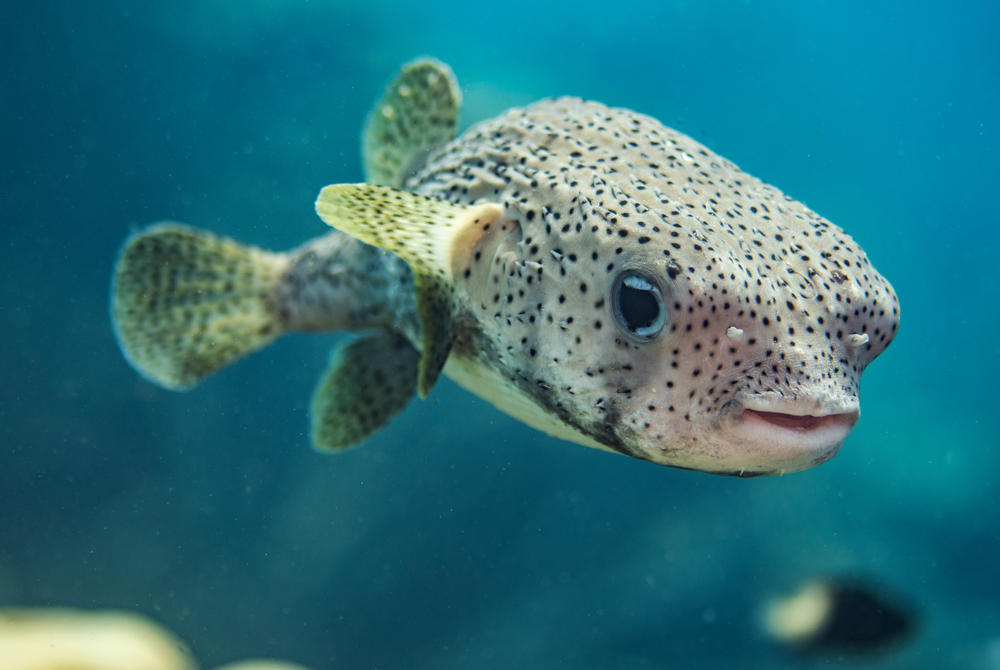
Pufferfish is considered a delicacy in Japan, known for its delicate flavor and potentially lethal consequences if prepared incorrectly. The fish contains tetrodotoxin, a neurotoxin 1,200 times more potent than cyanide, and even a tiny amount can be fatal. In the US, only licensed importers and restaurants with specially trained chefs can legally serve fugu. The fish must be imported pre-processed from certified facilities in Japan to minimize the risk. Despite the controls, serving pufferfish remains extremely rare in the US due to its high cost and the danger involved.
10. Beluga Caviar
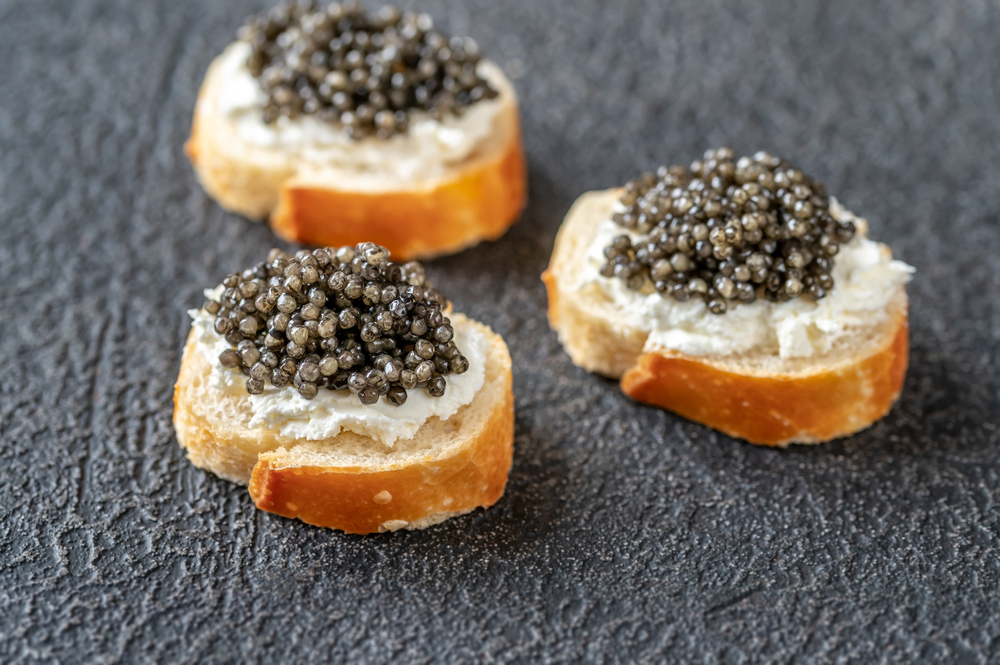
Beluga caviar is one of the most expensive food items in the world, sourced from the beluga sturgeon native to the Caspian and Black Seas. Overfishing and habitat destruction have caused beluga sturgeon populations to plummet, leading the US Fish and Wildlife Service to ban imports in 2005 under the Endangered Species Act. The ban applies to both the caviar and the fish itself. While other types of caviar, such as osetra and sevruga, are still legal, beluga caviar remains unavailable to American consumers unless sourced from US-based aquaculture operations, which are rare.
11. Foie Gras (in Certain States)
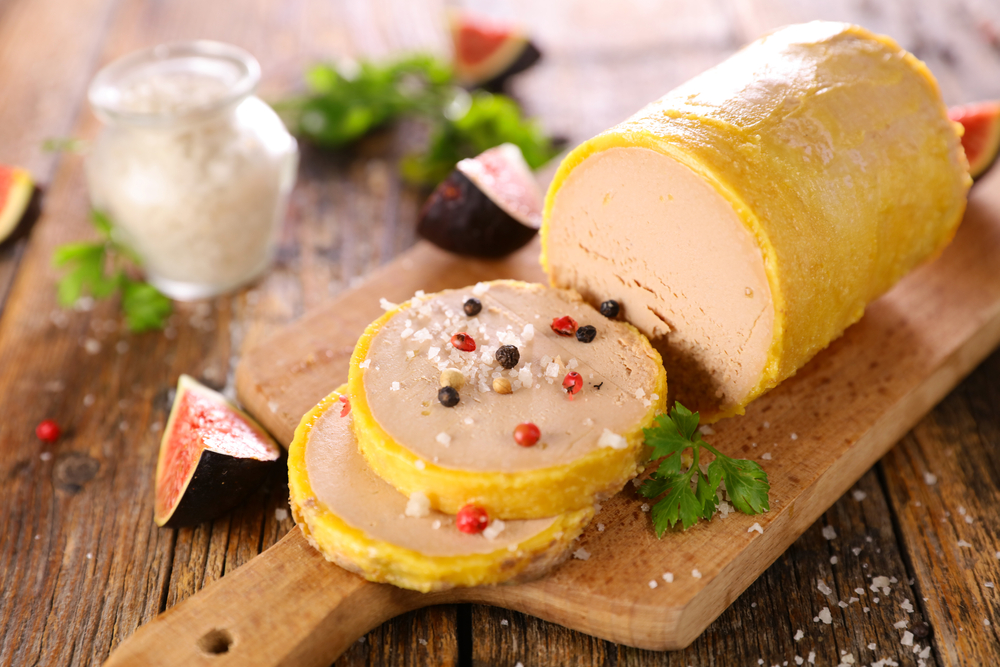
Foie gras, meaning “fat liver” in French, is produced by force-feeding ducks or geese to enlarge their livers, a process known as gavage. This creates a buttery, rich flavor prized in French cuisine. While foie gras remains legal in many parts of the US, certain jurisdictions have banned its production and sale when made through force-feeding. California implemented such a ban in 2012, and New York City passed its own law in 2019, although enforcement has faced legal challenges. Animal welfare advocates argue the process is inherently cruel, while supporters say it is a traditional farming practice that, when done properly, causes minimal harm. The debate continues, but the bans in place mean you cannot buy force-fed foie gras in those areas.
12. Silver Dragees

Silver dragees are small, metallic-coated sugar balls used to decorate cakes, cookies, and pastries, especially for weddings and holidays. In California, they are banned for human consumption because silver is considered a toxic heavy metal if ingested regularly. The concern is not over occasional use, but over cumulative exposure. Dragees can still be sold nationwide, but they must be labeled “for decoration only” and are technically not meant to be eaten. This makes them a legal gray area, as many bakers still place them directly on desserts.
13. Absinthe with High Thujone Levels
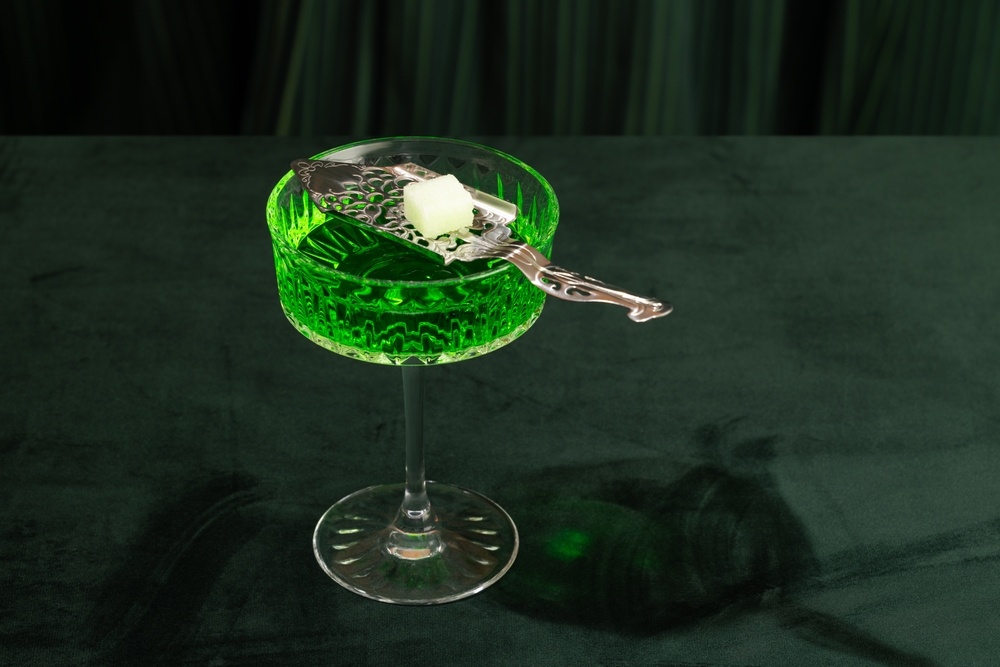
Absinthe is a green, anise-flavored spirit historically associated with bohemian artists and writers in the 19th century. For decades, it was rumored to cause hallucinations due to thujone, a compound found in wormwood. In reality, thujone can be toxic in high doses but is not hallucinogenic at levels typically found in absinthe. The US lifted its complete ban in 2007, but still limits absinthe to no more than 10 parts per million of thujone. Many traditional European absinthes exceed this limit and must be reformulated before being sold in the US. This means absinthe in American bars often tastes slightly different from its European counterpart.
14. Unpasteurized Milk Across State Lines
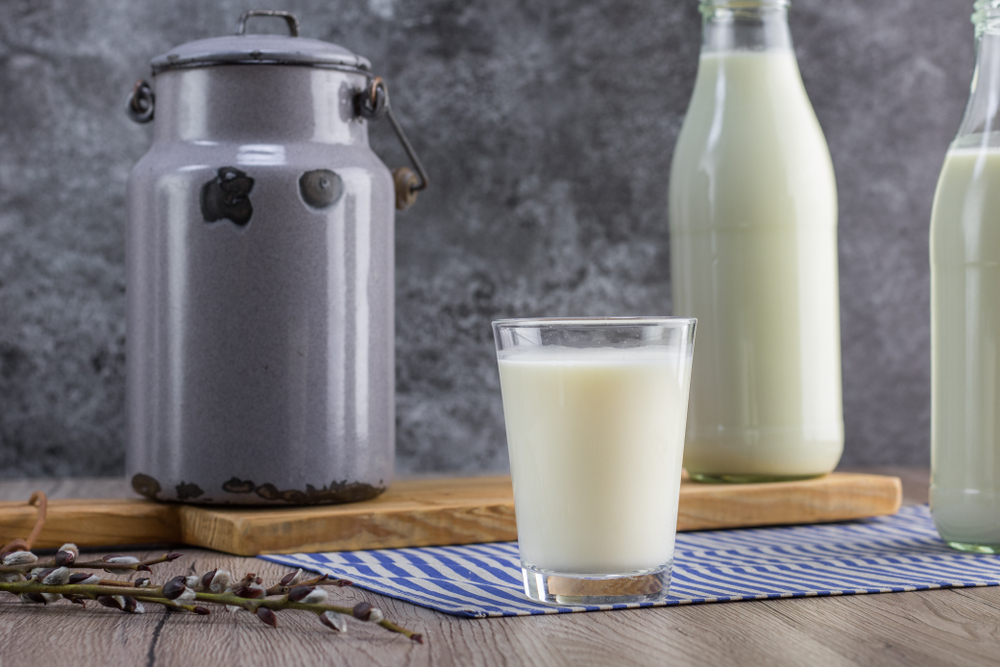
Raw milk is legal to sell in many states, but federal law prohibits its sale across state lines for human consumption. The Food and Drug Administration enforces this rule to reduce the risk of illness from bacteria such as salmonella, E. coli, and listeria, which can be present in unpasteurized dairy. Some advocates claim raw milk has health benefits, including probiotics and better flavor, but health agencies counter that these benefits do not outweigh the dangers. While interstate sales are banned, individual states can set their own laws for in-state raw milk sales, which is why it’s legal in some local markets but still illegal to ship to customers in other states.
15. Sea Turtle Meat and Eggs

Sea turtles have been hunted for centuries for their meat, eggs, and shells, but all species found in US waters are now protected under the Endangered Species Act. This means it is illegal to hunt, sell, or consume them. The ban covers green, loggerhead, leatherback, hawksbill, and Kemp’s ridley turtles. Even possessing turtle products can result in heavy fines. Conservationists stress that protecting turtles is critical, as they play an important role in maintaining healthy seagrass beds and coral reefs. The law also helps combat international poaching, as the US market is completely closed to turtle-derived products.
16. Swan Meat

Swans are federally protected under the Migratory Bird Treaty Act, which means hunting, killing, or possessing them without a permit is illegal. This protection applies to both native species like the trumpeter swan and tundra swan, as well as the non-native mute swan in many states. While mute swans are considered invasive in certain regions and may be culled to protect native habitats, their meat is not sold commercially. Swans are also culturally symbolic of beauty and grace, which adds to public resistance against their consumption.
17. Fresh Queen Conch
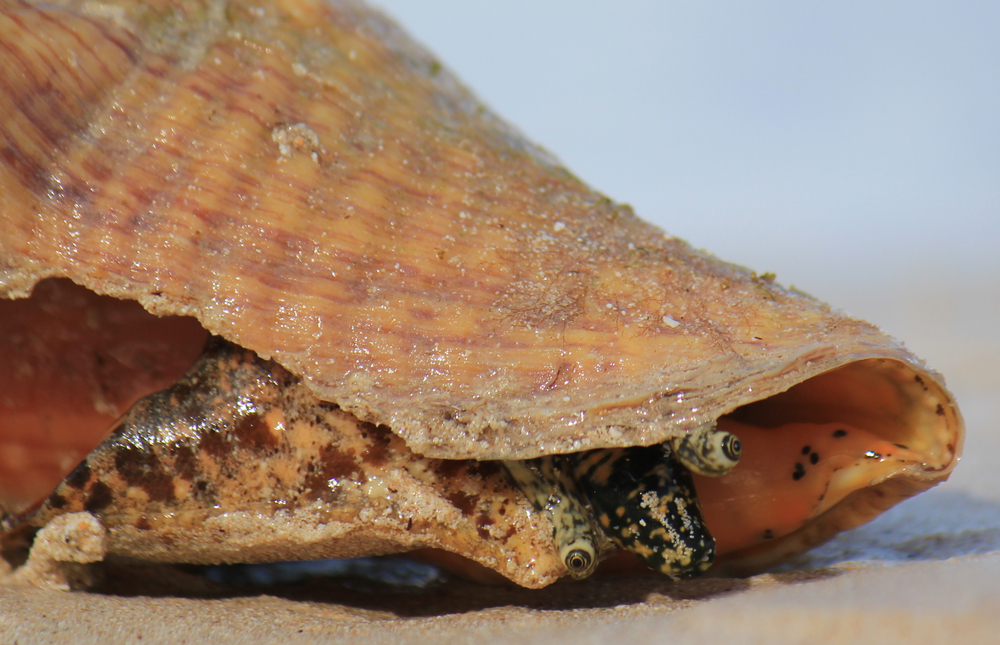
Queen conch is a large sea snail found in the Caribbean and the warm waters of Florida. It is popular in dishes like conch fritters, chowders, and ceviche. Due to overfishing, commercial harvesting of wild queen conch has been banned in US waters since the mid-1990s. The species matures slowly, making it vulnerable to population decline when overharvested. Imported conch is legal but must come from countries that follow approved conservation management plans. Despite these protections, illegal harvesting still occurs, and strict penalties are in place for violators.
18. Tonka Beans
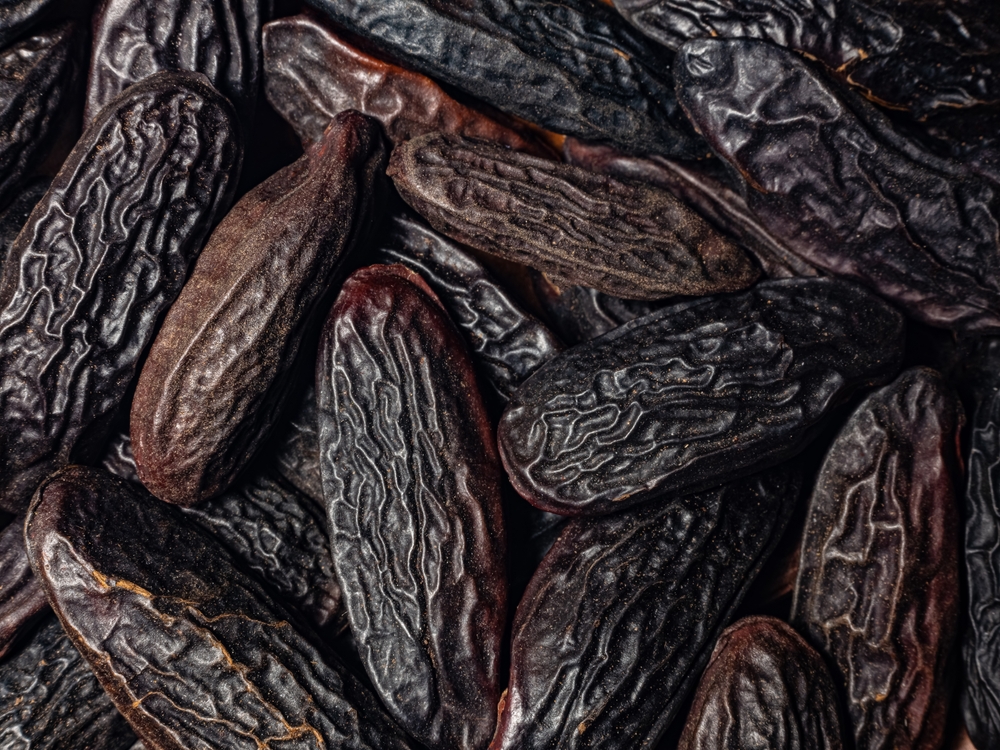
Tonka beans are food items native to South America and are prized for their sweet, complex aroma, often compared to vanilla, almonds, and cinnamon. In the US, they are banned in food because they contain coumarin, a natural chemical that can cause liver damage or excessive bleeding in high doses. The FDA outlawed their use in 1954. In other countries, chefs use them sparingly in desserts, cocktails, and ice cream, but in the US, they remain restricted to perfumery and cosmetics. Smuggling tonka beans for culinary use can result in significant fines.
19. Bushmeat
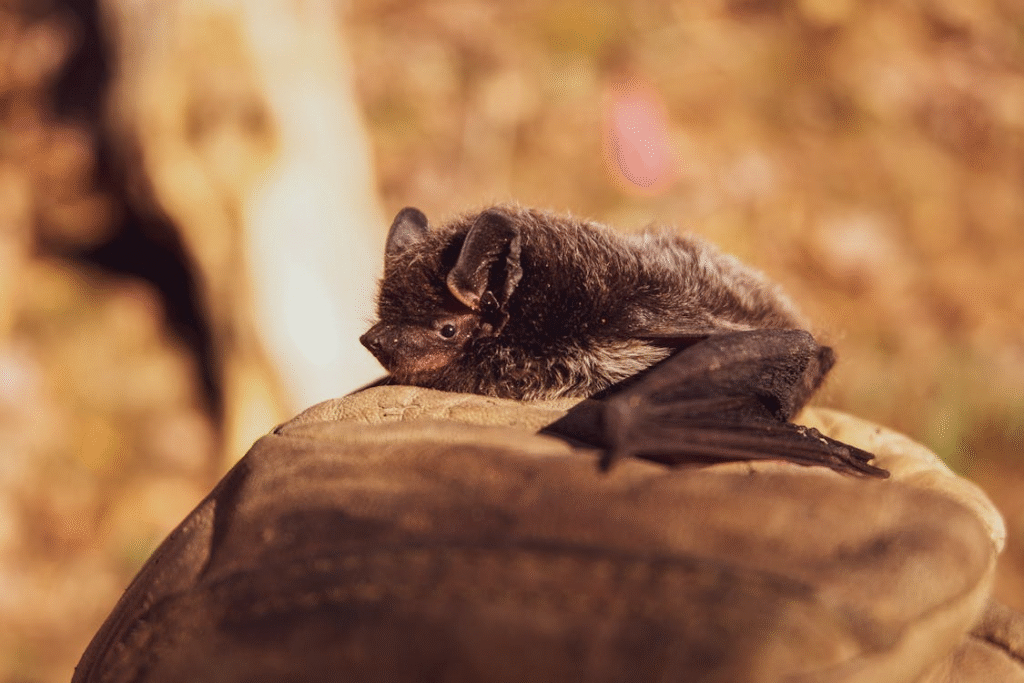
Bushmeat is the term for wild game meat sourced from Africa, such as monkeys, bats, antelope, and even endangered species like gorillas. It is banned in the US due to public health concerns, as it can carry dangerous pathogens including Ebola, HIV-like viruses, and other zoonotic diseases. It is also prohibited under wildlife protection laws to prevent illegal hunting and trafficking. The US Customs and Border Protection actively screens shipments and luggage to stop bushmeat from entering the country, and violators can face criminal charges.
20. Whale Meat

The Marine Mammal Protection Act of 1972 makes it illegal to sell or consume whale meat in the US, with a few narrow exceptions for Indigenous communities in Alaska who hunt whales for subsistence. Globally, whale meat remains controversial, with countries like Japan, Iceland, and Norway continuing commercial whaling despite international criticism. In the US, the ban is both a conservation measure and an ethical stance against killing marine mammals. This prohibition applies not only to meat but to any commercial product derived from whales.
Disclaimer: This article was created with AI assistance and edited by a human for accuracy and clarity.

